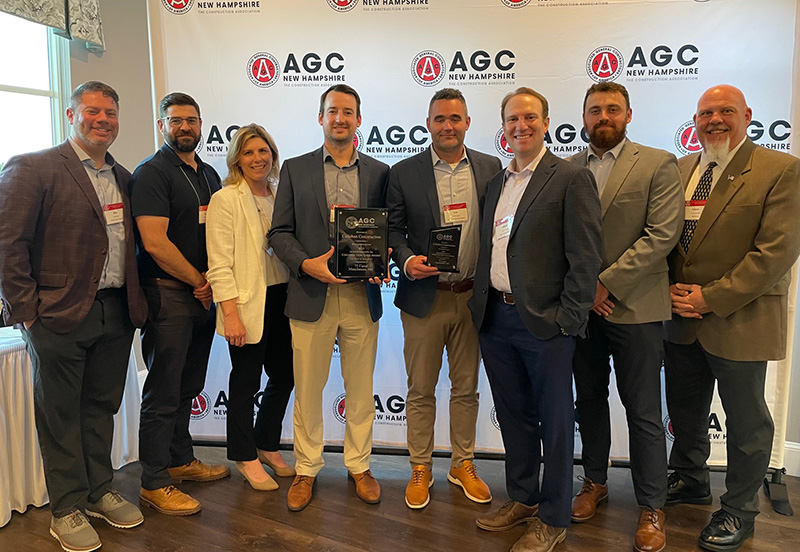News: Construction Design & Engineering
Posted: September 19, 2013
Window film: Keeping pace with demands for security
This month marks the twelfth anniversary of 9/11, and the drumbeat of threats related to terrorist activity both domestic and abroad resounds in all too familiar form. Certainly, security has improved on many levels in twelve years - from airport security to communication surveillance to emergency planning and risk assessment. Consumer demand for improved building safety, security and energy efficiency has changed the way architects and engineers approach design-build and renovation construction projects.
Assessing the potential and nature of security risks related to a project-at-hand, has become an integral part of the planning process for architects and engineers. An approach to help mitigate injuries and damages that can result from forced entry by an intruder or from flying glass caused by a bomb blast, industrial explosion, high winds or violent weather is expected by building owners as well as by those who live, work, enter or "neighbor" that building. Front and center in the planning stage are options to help secure a building's envelope including fortifying its most vulnerable points of entry, its windows and doors...and a quality security window film installation is both effective and economical.
Research, development and improvements to window film have been ongoing since 3M Company introduced them to the market over fifty years ago. Responding to demand, 3M developed security films to address international concerns regarding terrorist activity. Unfortunately, the rise in domestic terrorism, including the Sandy Hook shooting and the Boston bombing incidents, has emphasized the need for improved safety. Security film installations, particularly in schools, have increased throughout the country since Sandy Hook. Many federal buildings are now required to have security film installed.
Shatter-resistance safety window films are a low profile, high performance measure of security. When choosing a safety and security film, pay close attention to its tear- and shatter-resistance. Along with the strength of the film itself, its attachment system is important. An Impact Protection Adhesive System bonds the filmed window to the frame, offering the highest level of protection when combined with safety film. Less robust yet still effective relative to impact resistance is a Day-Light installation where the film only (with no mechanical attachment system) is installed directly on the visible portion of the glass. A premium safety film will conform to ANSI and CPS glazing standards and will have been subjected to rigorous GSA blast testing or other credible, independent glazing standards along with blast and missile impact testing procedures.
In addition to the pressure for increased security, architects and engineers must meet challenges to improve energy efficiency and sustainability in both design/build and renovation projects. An installation of insulating, Low-E window film conserves energy and reduces heat gain and loss through windows all year long - substantially reducing HVAC expense. These films can reduce AC costs by blocking up to 73% of the sun's heat in warmer months and reducing heat loss by up to 30% in colder months. Many meet LEED Energy and Atmosphere Prerequisites and qualify for LEED credits placing window film on the list of products that significantly benefit sustainable design and construction goals.
For professionals in the building and construction industries American Window Film, Inc. is prepared to offer your staff an AIA accredited course on window film and will set up in your conference or meeting room to provide you and your staff valuable technical information, window film samples, hands-on working demonstrations and the forms required to apply for credit.
For details, contact Peter Davey, 800-274-TINT, pjd@americanwindowfilm.com.
Peter Davey is president of American Window Film, Inc. a 3M Window Films Authorized Dealer, Prestige Dealer Network, Foxboro and Boston.
MORE FROM Construction Design & Engineering
Nobis Group awards Robinson and Moreira STEM scholarships
Concord, NH Nobis Group, a 100% employee-owned consulting firm specializing in engineering and environmental solutions across the Northeast, has named the recipients of its 2025 STEM Scholarship: Andie Moreira of
Columns and Thought Leadership

Ask the Electrician: Is summer a prime time for commercial electrical maintenance?
The answer is “Yes!” While January marks the official new year, many businesses view September as a fresh start. This makes summer an ideal time for commercial property owners to schedule long-term electrical maintenance projects.

The rise of incubators and co-working spaces: The latest in life sciences - by Matt Combs
In recent years, the life science industry has witnessed a shift in how companies operate and innovate. One of the key driving forces behind this transformation is the emergence of incubators and co-working spaces specifically tailored to meet the unique budget and schedule needs of startups.

Careers in Construction Month focus on training and safety - by Joe Camilo
October is Careers in Construction Month, and rarely has it been more consequential. According to our chapter’s national parent organization, the construction industry needs to attract half-a-million new workers in the coming year to meet demand. Addressing that need is a huge job, but we at ABC MA are trying to do our part.

The design-build advantage: Integrated interior design solutions - by Parker Snyder
When it comes to corporate interior spaces for both commercial and industrial projects, partnering with a design-build firm with in-house interior design services can offer clients many benefits. Unlike traditional delivery methods where interior designers operate independently from the design and construction teams, often creating a longer project timeline as cost negotiations and revisions ensue








